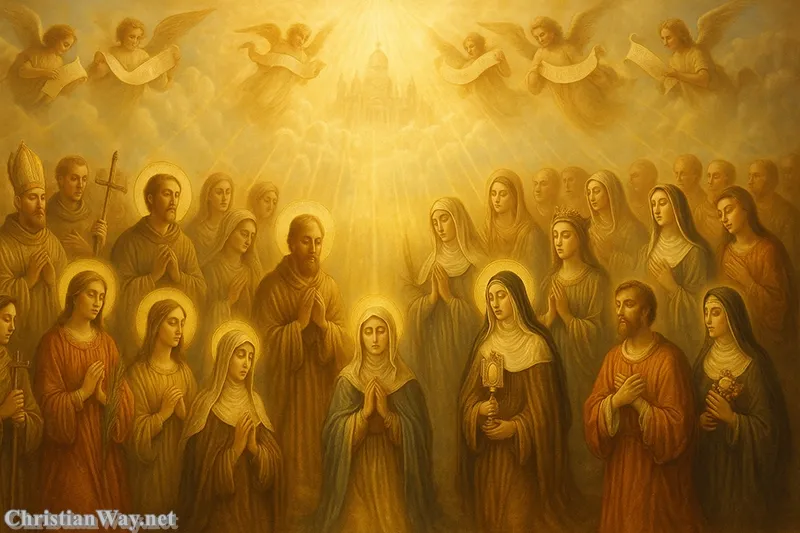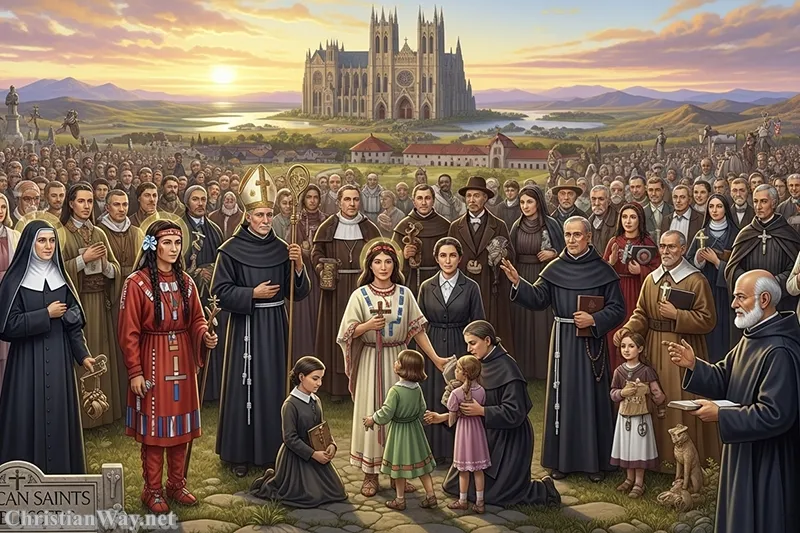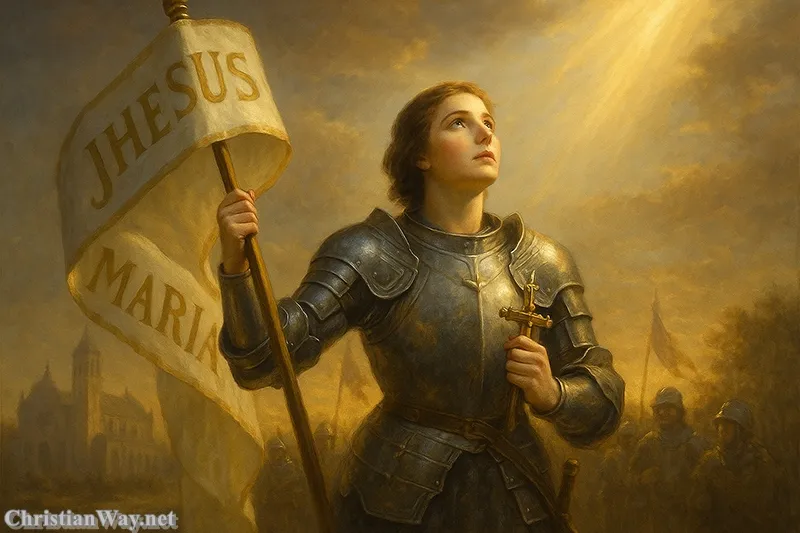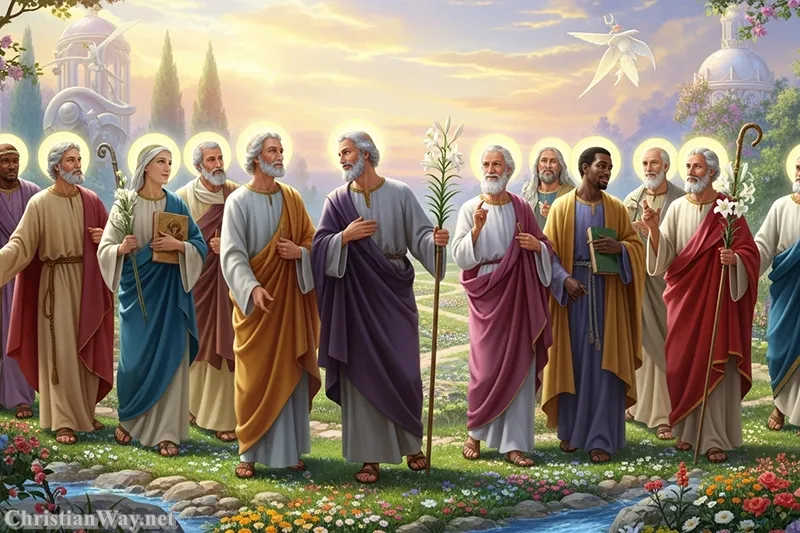Dear friends in Christ,
There are places on earth that seem to echo eternity — where stone, silence, and prayer blend into a living witness of God’s presence among His people. The Vatican is one such place. Though it measures less than half a square kilometer, it carries the weight of two thousand years of faith, sacrifice, and hope. It is not merely a city or a collection of buildings; it is the beating heart of the Catholic Church — a sign of continuity, unity, and spiritual authority rooted in the mission of Christ Himself.
Every pilgrim who walks its narrow streets or kneels within St. Peter’s Basilica senses that they are part of something vast, ancient, and holy. The Vatican is not only a seat of governance but a sanctuary of grace — a visible sign of the invisible kingdom of God working through human history.
Let us journey through the meaning of the Vatican — its spiritual foundation, its mission of service, and its enduring call to unity in Christ.
The Spiritual Foundation of the Vatican
The Vatican stands upon the bones of a fisherman. This simple truth is at the heart of its mystery. Beneath the great dome of St. Peter’s Basilica lie the remains of Saint Peter, the Apostle to whom Jesus said, “You are Peter, and on this rock I will build my Church” (Matthew 16:18).
That promise, spoken by Christ in the dusty hills of Caesarea Philippi, echoes still in the marble halls and prayerful chapels of the Vatican. It is the foundation not of earthly power but of divine mission — a mission to shepherd souls, to proclaim the Gospel, and to guard the truth of faith across the ages.
The Rock of Peter
When Christ chose Peter as the “rock,” He did not choose perfection. Peter was impulsive, weak, even fearful — but he was also faithful. His journey from denial to martyrdom is the journey of the Church itself: a path from frailty to grace, from fear to courage. The Vatican’s authority, therefore, is not a worldly rule but a witness to how God works through human weakness to reveal His strength.
Saint Peter’s tomb, discovered and venerated since the earliest centuries, makes the Vatican a place of pilgrimage and continuity. The Church built above it is not simply a memorial; it is a declaration that faith, once given, endures forever.
The Vatican as the Center of Christian Unity
The Vatican’s spiritual mission extends far beyond its physical walls. From its very beginning, it has served as the point of unity for Christians around the world — a visible center reminding the faithful that the Church is one body in Christ.

The Pope, as Bishop of Rome and successor of Saint Peter, carries the responsibility of preserving this unity in truth and charity. He is not a monarch in the worldly sense, but a servant — “the servant of the servants of God.” His ministry is to confirm the faith of his brothers and sisters, to reconcile divisions, and to keep the flame of apostolic faith alive in every generation.
A Ministry of Communion
Throughout history, the Vatican has been a place of dialogue — sometimes amid deep tension — between faith and culture, Church and world. Councils have convened within its walls to define doctrine, clarify truth, and renew the Church’s mission. From the First Council of Nicaea to Vatican II, the goal has always been the same: to help the Church remain faithful to the Gospel while speaking with love to the world’s changing heart.
The Vatican reminds us that Christianity is not a private spirituality but a communal faith. The Church is universal — “catholic” in the truest sense — and the Vatican stands as the visible sign of this universality.
The City Within a City: The Vatican State
In 1929, the Lateran Treaty established Vatican City as an independent sovereign state. To the eyes of the world, this may appear as a political reality, but spiritually it serves a deeper purpose. The Vatican’s independence ensures that the Church can fulfill her mission freely, without allegiance to any earthly power.
Within its walls lies a remarkable concentration of faith, art, and service:
- St. Peter’s Basilica, where millions gather each year to worship and receive the sacraments.
- The Apostolic Palace, home to the Pope and the offices that assist him in guiding the global Church.
- The Vatican Museums, a treasury of art that reveals how beauty itself leads the soul to God.
- The Vatican Gardens, a quiet reminder that creation, too, is a form of prayer.
Yet the true life of the Vatican is not found in these monuments, but in the rhythm of daily prayer, the celebration of the Eucharist, and the humble labor of those who serve there.
The Pope and the Mission of the Vatican
At the center of Vatican life stands the Pope — the successor of Peter. His mission is not to rule with power but to lead with love. Each Pope brings his own gifts, yet all share one heart: to be a shepherd after the heart of Christ.
The Vicar of Christ
When Catholics call the Pope the “Vicar of Christ,” it is not a title of superiority but of service. He represents, in visible form, the pastoral care of Christ for His Church. The Pope speaks not from his own wisdom, but from the faith handed down by the apostles.
In moments of moral confusion or global crisis, the world often looks to the Vatican for moral guidance — not because it seeks politics, but because it senses that truth and mercy must walk hand in hand. From Saint John Paul II’s defense of human dignity to Pope Francis’ call for mercy and care for creation, the Vatican’s voice continues to echo the Gospel in modern language.
The Vatican as a Beacon to the World
The Vatican stands as a moral and spiritual voice in the midst of a fractured world. It speaks not only to Catholics but to all people of goodwill — defending the sanctity of life, the dignity of work, the beauty of marriage, and the care of creation.
A Witness of Hope
In a world often driven by power, profit, and politics, the Vatican’s presence reminds humanity that life has a deeper meaning. Its bells toll not for empire but for eternity. Its prayers rise not for conquest but for conversion.
When the Pope blesses the city and the world — Urbi et Orbi — from the balcony of St. Peter’s Basilica, he stands before the world as a servant of hope. His words are not addressed only to the faithful gathered below but to all who hunger for peace, justice, and love.
A Living Heritage of Faith
Every stone in the Vatican tells a story — of martyrs who gave their lives for truth, of saints who served the poor, of artists who sought to glorify God through beauty. The Sistine Chapel ceiling, painted by Michelangelo, is more than an artistic masterpiece; it is a visual catechism of humanity’s creation, fall, and redemption.
The Vatican teaches us that faith and culture need not be enemies. When inspired by grace, art, music, and human creativity become pathways toward the divine.
The Vatican and the Universal Church Today
In our own age, the Vatican continues to serve as a center of communication and charity. From its offices, messages of peace and appeals for justice flow to the ends of the earth. Through its charitable works — coordinated by Caritas Internationalis and other organizations — the Vatican reaches the poor, the refugees, and the suffering.
The Vatican also fosters dialogue between religions, seeking understanding where there has been division. It reminds us that truth and love cannot be separated — that every person, regardless of belief, is made in the image of God.
The Call to Every Believer
The Vatican’s grandeur can inspire awe, but its message is deeply personal. Each believer is called to build a “vatican” within their own heart — a dwelling place for God, a sanctuary of prayer and peace. As Saint Paul reminds us, “You are the temple of the Holy Spirit” (1 Corinthians 6:19).
To love the Vatican is not to be attached to marble and pageantry, but to recognize the living Church — the Body of Christ — at work in the world today.
Reflect and Pray
The Vatican is not merely a place on a map; it is a symbol of the living presence of Christ’s Church in the world. It reminds us that faith, when rooted in love and unity, can endure every storm. From the tomb of Peter to the prayers of modern pilgrims, it stands as a testament that God continues to guide His people.
May we, too, allow our hearts to become small Vaticans — humble yet holy spaces where the Lord may dwell and reign.
Let us pray:
Lord Jesus Christ,
You built Your Church upon the faith of Peter,
and You continue to guide her through the ages.
Bless the Vatican, the heart of Your Church on earth.
Strengthen the Pope and all who serve in Your name.
May this small city remain a light of truth and peace for all nations.
And may our own hearts become living temples of Your love.
Amen.
— Fr. John Matthew, for Christian Way





